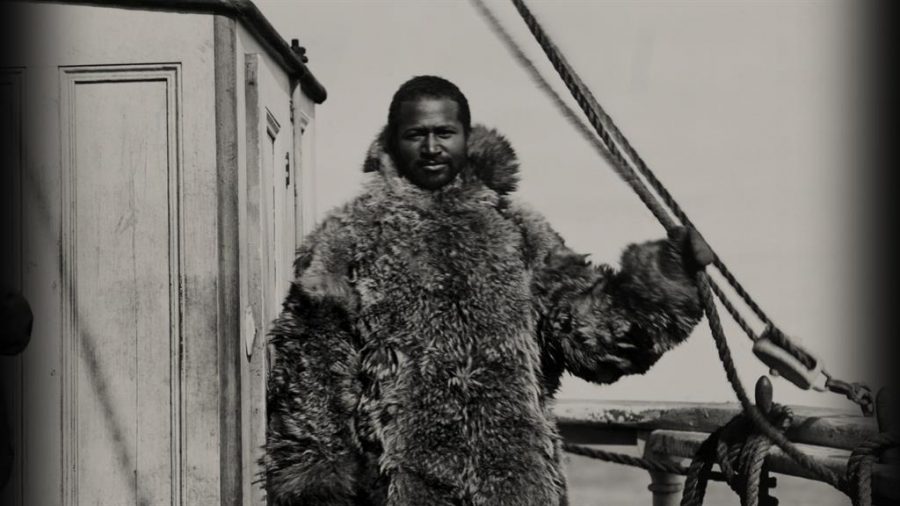Matthew Henson
In honor of Black History Month, every day The Cardinal will feature a prominent person who has contributed to society.
February 20, 2020
Matthew Henson was born in Maryland just after the Civil War and had a hard-luck childhood. Both of his parents died when he was a boy, and Henson lived with an uncle in Washington, D.C. before striking out on his own at the age of 11. He traveled by foot to Baltimore, where he hoped he could get work on a ship. He succeeded, and he became a cabin boy on a freighter. He saw the world (China, Europe, North Africa) and learned how to read and write thanks to the ship’s kindly captain, who saw that the young boy was bright and eager to learn. After six years of sailing the ocean, Henson’s captain died; grieving for the man who had done so much for him, Henson returned to Washington and took a job as a store clerk in a furrier’s shop.
It was at the store that Henson met navy lieutenant Robert Edwin Peary, who was selling some pelts and took a shine to the young man as they discussed their various adventures. Peary gave him a job as his assistant on an upcoming survey trip of Nicaragua. Henson, missing the adventure of travel, soon became a permanent member of Peary’s crew. When Peary announced plans to reach the top of Greenland in 1891, Henson happily joined the officer on his journey.
By the turn of the century, Peary had become determined to reach the North Pole. Over the next several years, Peary, always with Henson at his side, would make attempt after attempt, each one unsuccessful due to the harshness of the conditions. In 1908, they decided to make one final attempt since time was running against them (Peary was 50, Henson 40). Previous attempts had been hampered by difficult communication with the native Eskimos; Henson learned their language so he could talk to them, the only member of the team to do so. By gaining the Eskimos’ confidence and trust, Henson paved the way for the success of the expedition (as did a special ice-cutting boat built especially for the expedition).
He received a civil service appointment from President Taft that gave him a more comfortable living. He published an autobiography in 1912, and a subsequent biography made Henson’s role in the North Pole expeditions more widely known. He received a Congressional Medal in 1944 and a Presidential Citation in 1950. By the time he died in 1955, Matthew Henson could rest easy, having been recognized as the co-founder of the North Pole.


